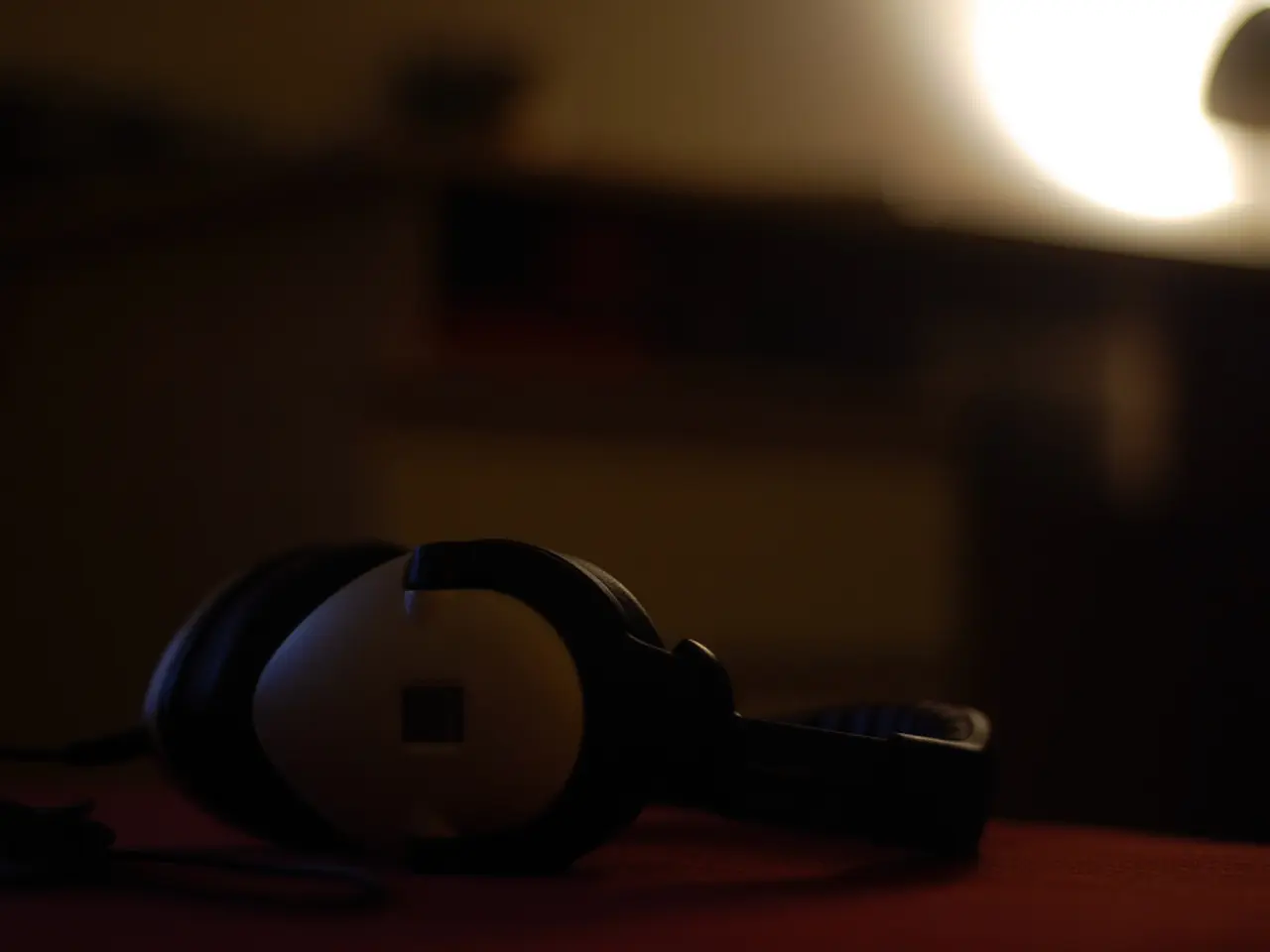Plugin Design and Its Influence on Audio Output: An Examination of Skeuomorphism
**Impact of Skeuomorphic Design on Audio Plugin Perception**
In the realm of audio plugins, skeuomorphic design plays a significant role in shaping user perceptions. This design approach, which mimics real-world hardware, often features detailed, tactile interfaces reminiscent of vintage or physical devices such as tape decks or analog consoles.
- **Intuitiveness and Familiarity:** Users accustomed to traditional hardware find skeuomorphic plugins intuitive, as their visual cues align with real-world controls, making the learning curve gentler and interaction more natural.
- **Emotional and Creative Connection:** Skeuomorphic elements like knobs, meters, and switches can evoke an emotional response, encouraging users to explore the plugin’s features creatively, as the visual fidelity to analog gear implies character and warmth.
- **Perceived Authenticity:** Such design often suggests authenticity and high quality, especially in analog emulation plugins, where users expect vintage character and imperfections that add musicality and depth.
**Effect on Sound Quality in Mixing and Mastering**
While skeuomorphic design primarily impacts user interaction and perception, it does not directly affect the actual sound quality of the plugin. Sound quality depends on the underlying audio processing algorithms, not the GUI look. However, some indirect effects include:
- **Enhanced Workflow:** Because skeuomorphic designs make controls easier to understand and manipulate, users may achieve better sound shaping and more nuanced mixes.
- **Creative Use of Features:** Plugins may include modulation controls that introduce analog-style imperfections and movement to the sound. The skeuomorphic design helps users intuitively engage with these creative features, encouraging experimentation and potentially better results.
- **Risk of Overuse:** The visual appeal might tempt users to apply modulation or effects excessively, which could degrade mix clarity if not controlled properly.
**Summary Table: Skeuomorphic Design Impact**
| Aspect | Impact | |-------------------------------|------------------------------------------------------------------------------------------| | User Perception | Increases intuitiveness, emotional connection, and perceived authenticity | | Workflow | Facilitates creative control and easier manipulation of parameters | | Sound Quality (Direct) | No direct impact; sound quality is defined by DSP, not design | | Sound Quality (Indirect) | Better workflow and engagement can lead to improved mixing/mastering outcomes | | Potential Downsides | Risk of overusing effects due to appealing design, possibly muddying the mix |
In conclusion, skeuomorphic design enhances the user experience and engagement with audio plugins, often leading to more inspired and effective use during mixing and mastering. This can translate into better sonic results, but the actual audio quality depends on the plugin’s processing, not its visual style.
- Leveraging Gadgets and Technology in Beat Making and Music Production: The intuitive nature of skeuomorphic designs mimicking hardware interfaces can enable beginners to get acquainted with digital music production software quickly, fostering a seamless transition from traditional studio gear to modern technology.
- Influence of Skeuomorphic Design on Entertainment and Music: The emotional connection established through vintage aesthetics can evoke a sense of nostalgia and enhance the overall listening experience, contributing to the entertainment value of music populated with such plugins.
- Future Prospects in Music Creation: As technology evolves, advancements in music production tools may lead to hybrid designs that blend the advantages of skeuomorphic interfaces with modern graphical user interfaces, offering the best of both worlds in terms of intuitiveness, creative control, and distinctive visual appeal.




